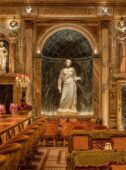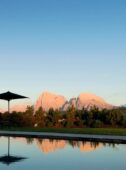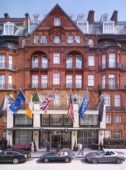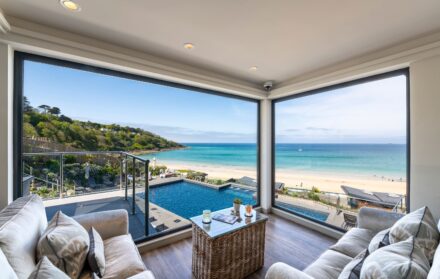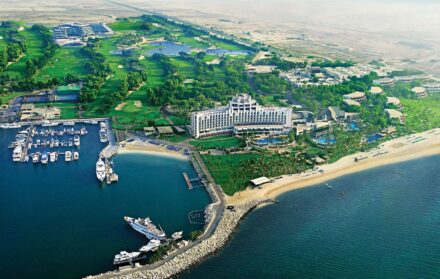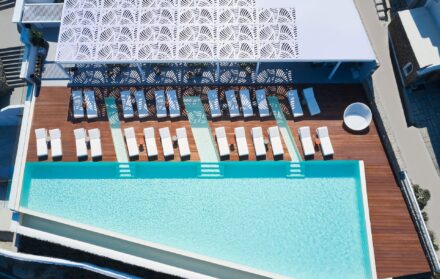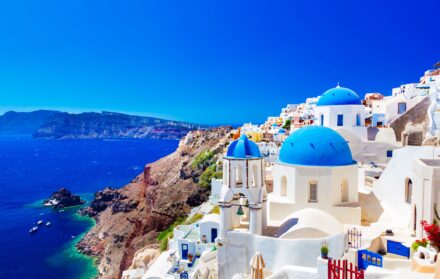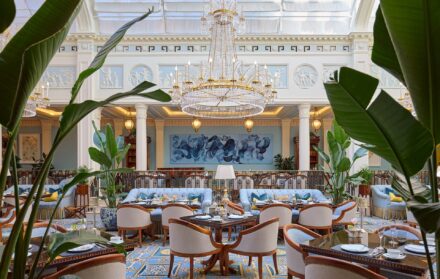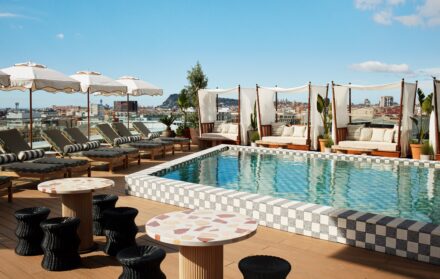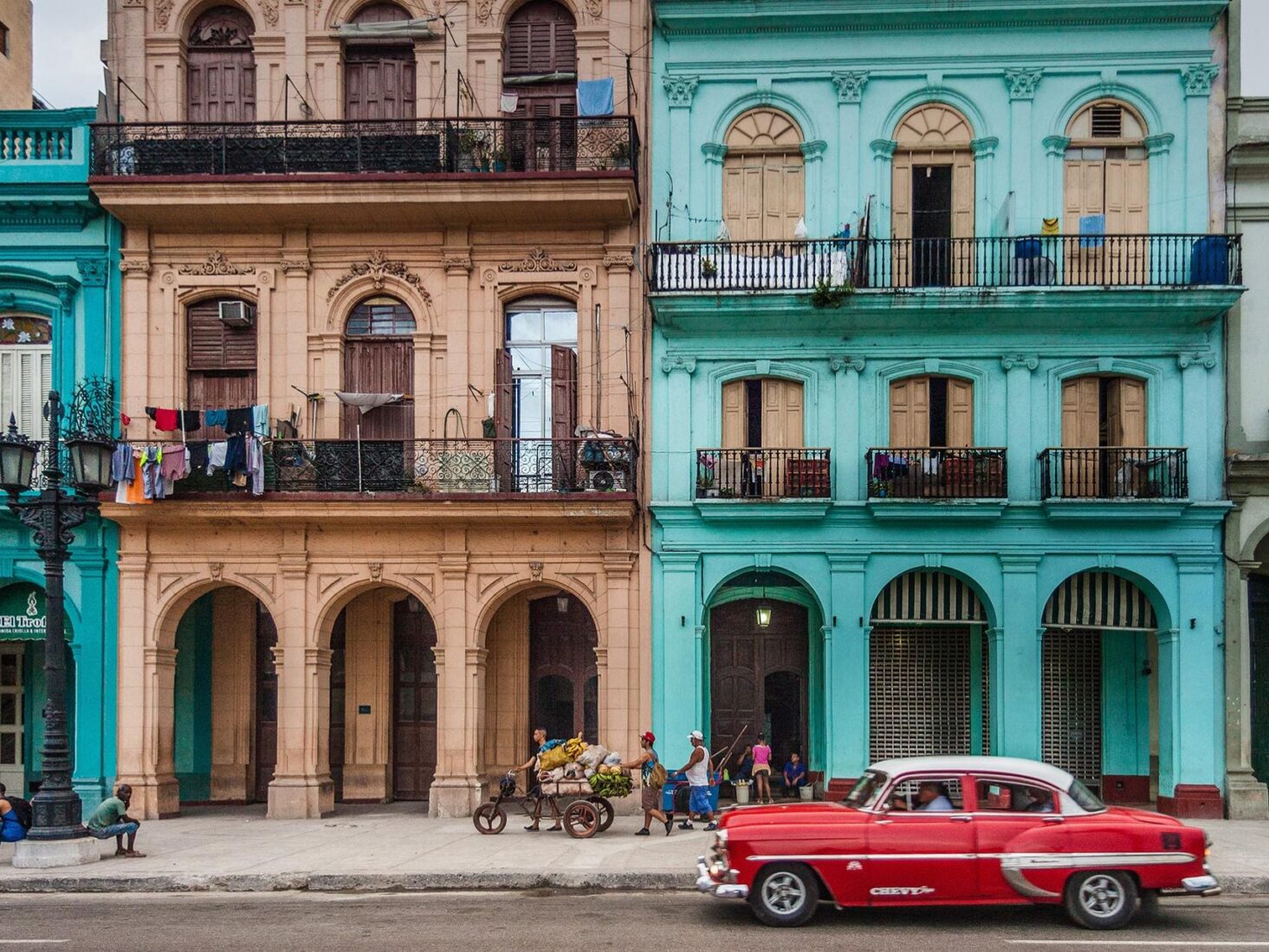
How Cuba’s heritage has borne a capital city like no other
Despite more than half-a-century of American attempts to change the way of life in the country, Cuba’s continued commitment to setting its own economic agenda has created a truly unique capital city
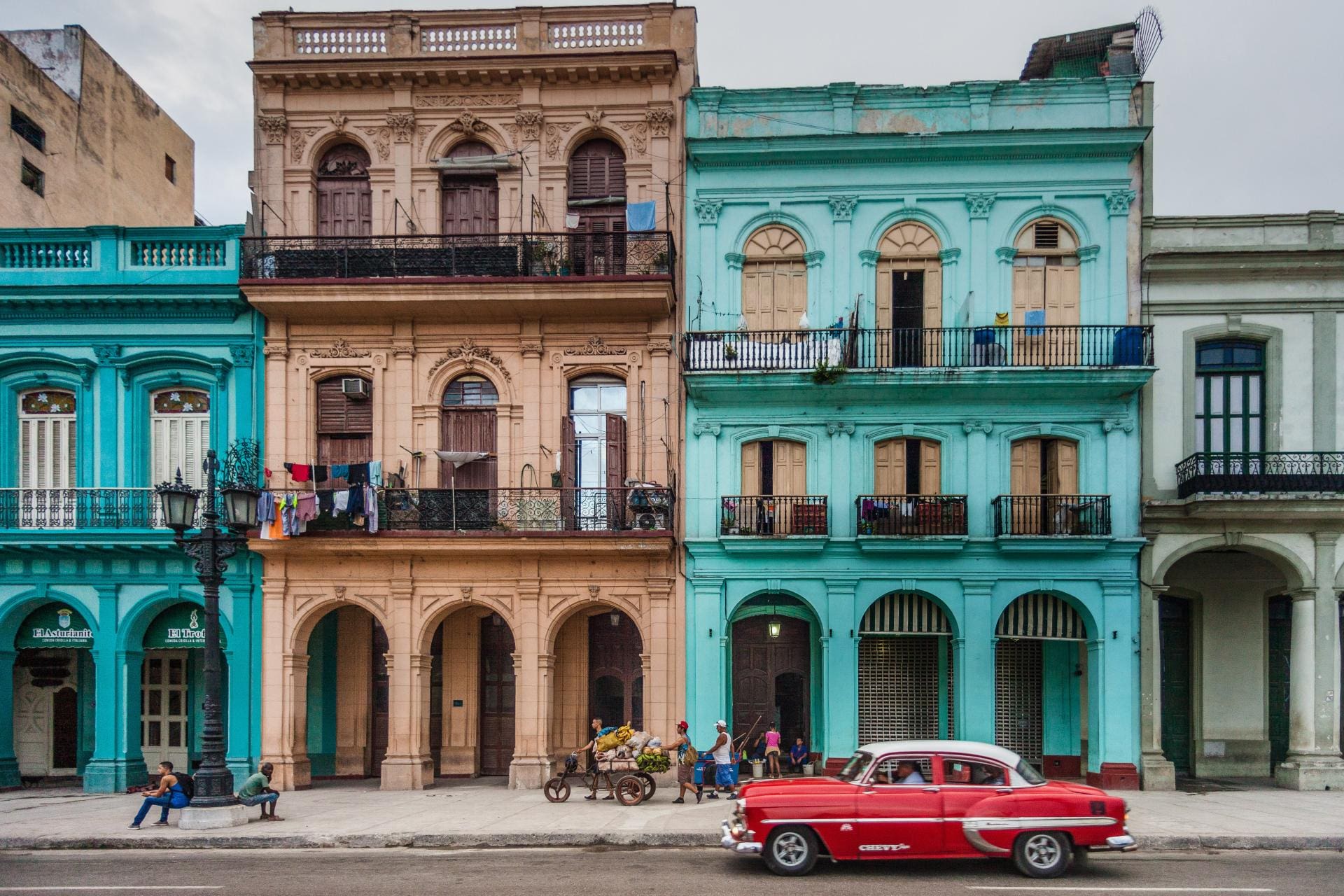
An hour after dusk in Old Havana and stray dogs, shuttered doors, dim streetlights and battered, 50-year-old Fords make for an atmosphere that’s rich, sticky and mysterious. Ernest Hemingway and Graham Greene both chose to set books here, but you wouldn’t need even a fraction of these authors’ talent to imagine your own a compelling Havana-based narrative. For Cuba is just as much an idea as it is a country, with plotlines that seem to constantly evolve, conflate and twist without ever really changing the overall story for many of its inhabitants – or even making sense.
I pad along the cracked asphalt, beside Baroque Spanish mansion blocks with crumbling paintwork that is falling away in flakes like stale confetti. I turn endless corners in narrow alleyways of the San Isidro neighbourhood, telegraph wires sagging above me. The bronchial cough of a struggling refuse cart, blocks away, is the only sound. Then I see it: a warm, amber glow emerging from a building on the right hand-side of the long street ahead.
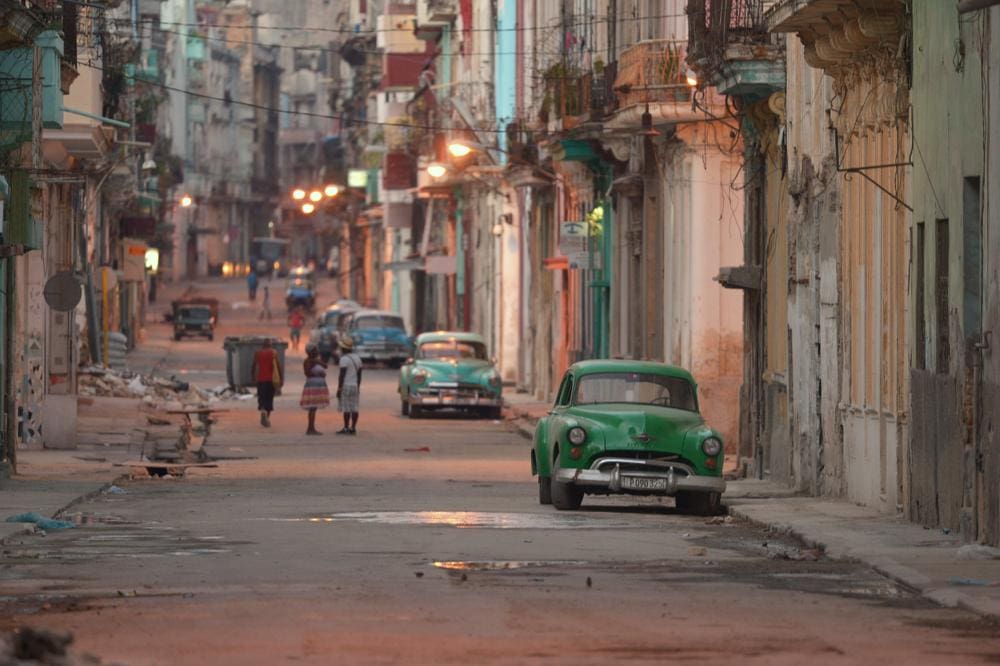
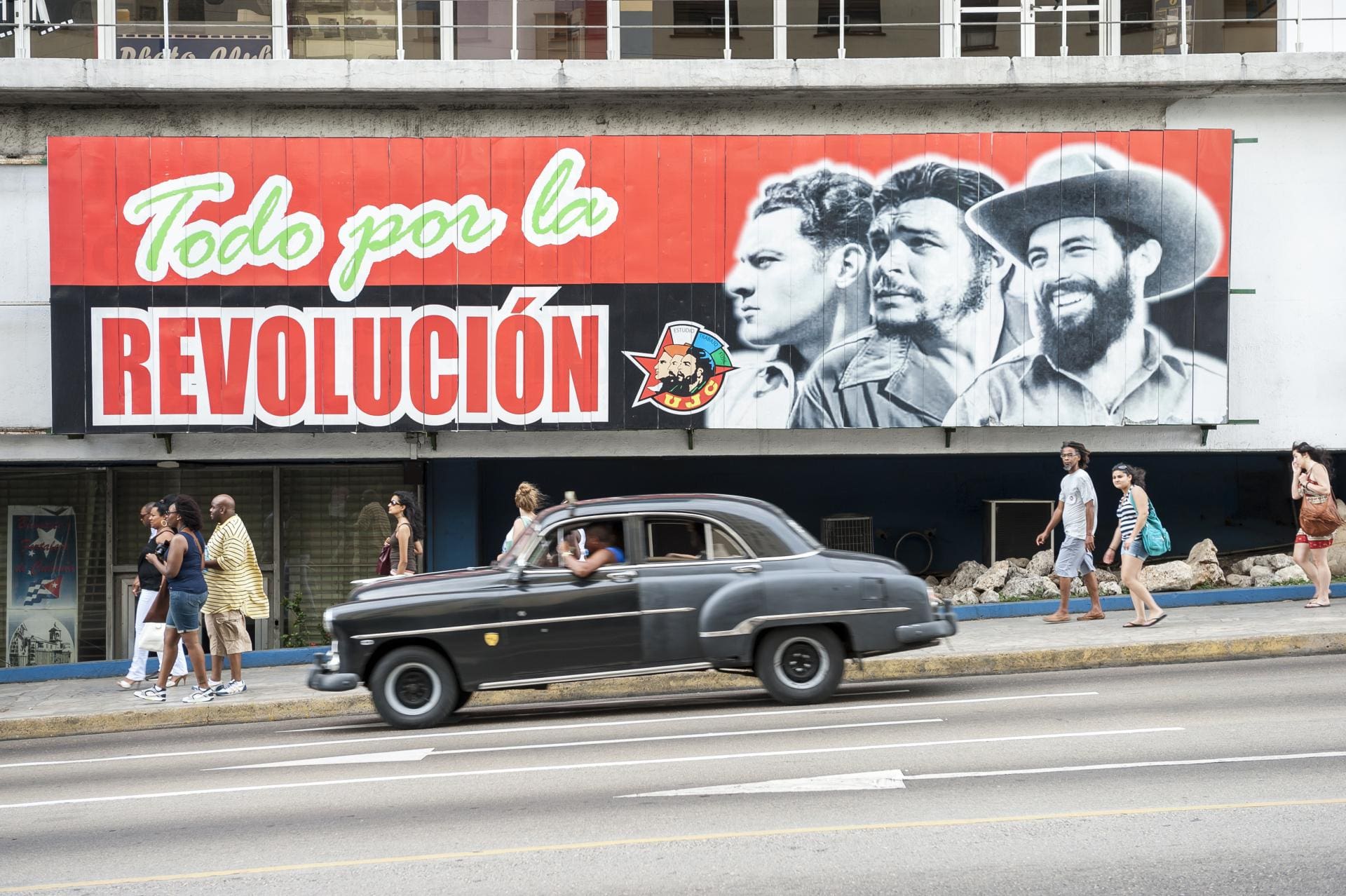
Moving closer I see vivid turquoise, purple and yellow abstract murals on the walls. The glow is from a small bar and, stepping inside, I find an arched room with terracotta-coloured floor tiles, ancient metal chairs and drinks coasters made out of old vinyl seven-inch singles.
This is Jibaro, one of a growing number of privately-owned bars which, thanks to the ruling party relaxing restrictions on private businesses, can now compete with the (often lacklustre) state-owned bars. The owners, Diana and David Figueroa, do not have the usual barkeeper’s backstory. She’s a nuclear engineer. He’s an economist and university lecturer. They are the beneficiaries of Cuba’s world-class (and entirely free) public education system, and are now dealing with life in an island nation where the official average monthly salary is around £25.
“Running a bar isn’t an easy thing to do in Cuba,” Diana admits, as she mixes a tamarind and passion fruit gimlet for a customer. “The American tourism ban over the last couple of years has had a big impact. That’s on top of there being no wholesalers in Cuba to buy ingredients. Changes are happening – but it’s baby steps.”
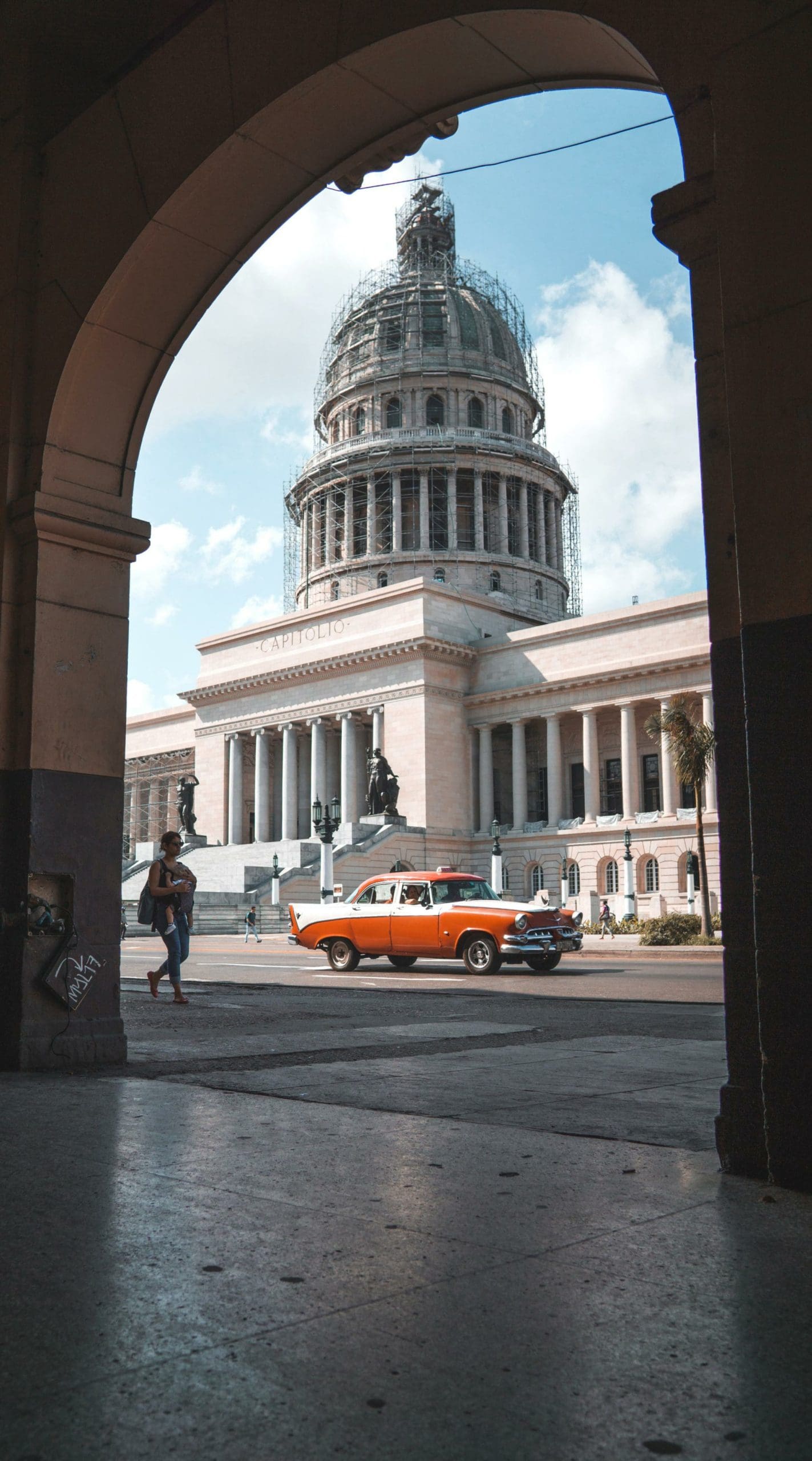

The bruised and battered mid-1950s Chevrolets and Buicks, the almost total lack of Wi-Fi, not to mention the almost daily shortages of basics such as milk and chicken are all, to a greater or lesser extent, a consequence of the trade restrictions the US has placed on Cuba since the revolution of 1959, which put Fidel Castro in power.
Under Barack Obama’s presidency, the famously archaic visa restrictions for Americans wishing to visit Cuba were relaxed. US cruise ships docked in the island’s ports and American visitors flocked to explore a nation that, in so many ways, remains rooted in the era of Eisenhower, complete with flannel trousers and diesel fumes.
President Trump changed all that, rescinding the partial détente and effectively shutting the doors again for US visitors. This has seriously dented the island’s tourist economy and left Cuba reliant on visitors from Canada, Mexico and, increasingly, Europe, with direct KLM flights to the city available from Amsterdam.
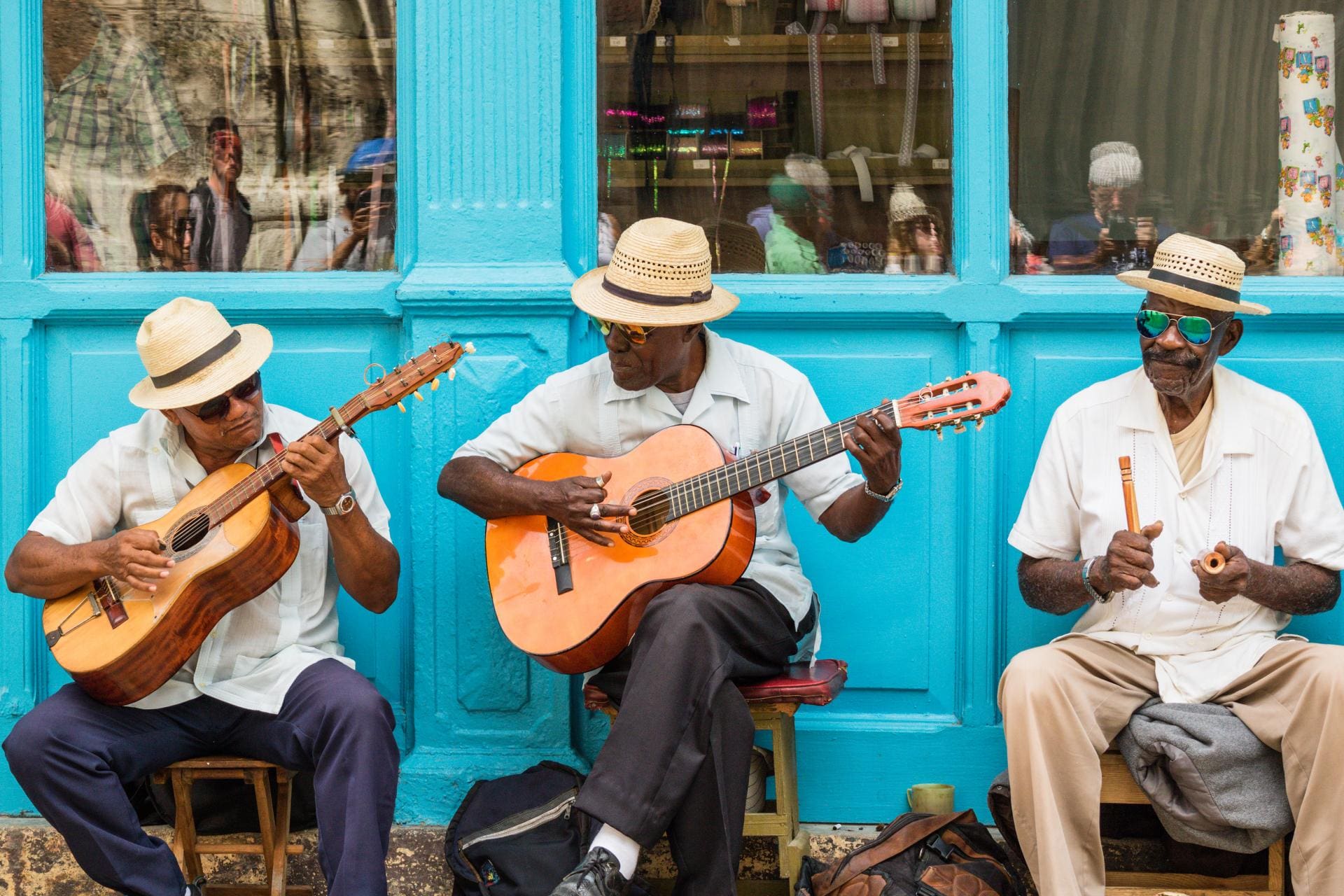
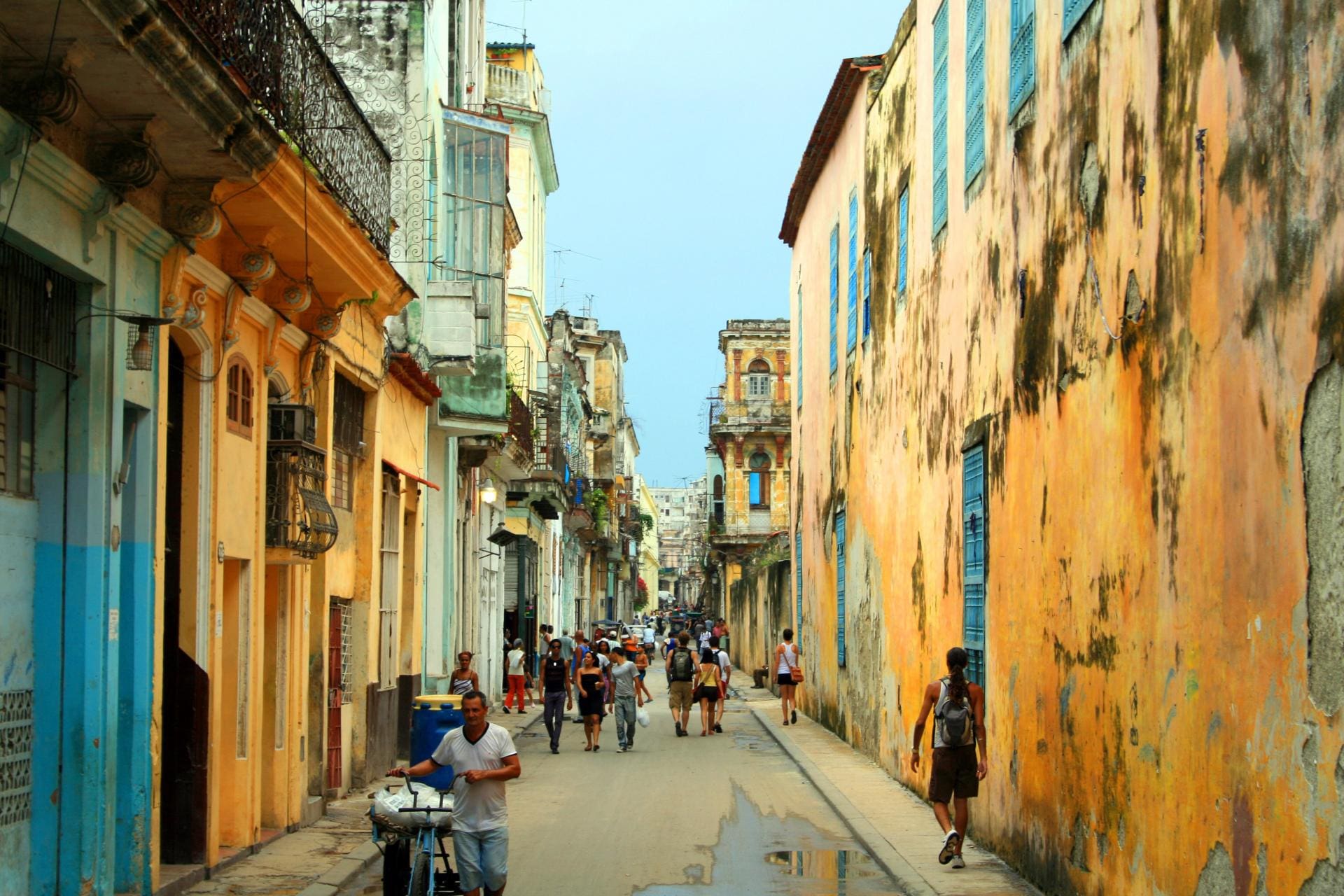
“The system is too strong to fail, yet too screwed up to be fixed,” one young Habanero, who is sipping from a bottle of Palma Cristal beer at the bar, says to me. “We adapt, we survive. Things are different here but we’re not living in a prison – that’s what so many visitors don’t understand.” As I discover, this is an island with world-famous icons yet an intensely localised soul.
Old Havana, home to Jibaro, is possibly the most atmospheric neighbourhood in which to get lost, but young Habaneros favour Vedado. This deceptively calm area features aging mansions alongside some of the city’s liveliest nightclubs and Fábrica de Arte Cubano, an old cooking-oil factory turned into an arts complex and home to the terrific El Cocinero restaurant. The rooftop eatery serves lobster, swordfish, tacos and daiquiris to a sophisticated crowd.
From Vedado, I stroll along the Malecón seafront promenade, also known as the ‘world’s longest sofa’, where everyone comes out to see and be seen as the spume crashes against the sea wall. Overlooking all this is the Christ of Havana, a 20m statue hewn from Carrara marble that appears to depict Jesus with his hands perfectly positioned to hold a mojito and a legendary native cigar.
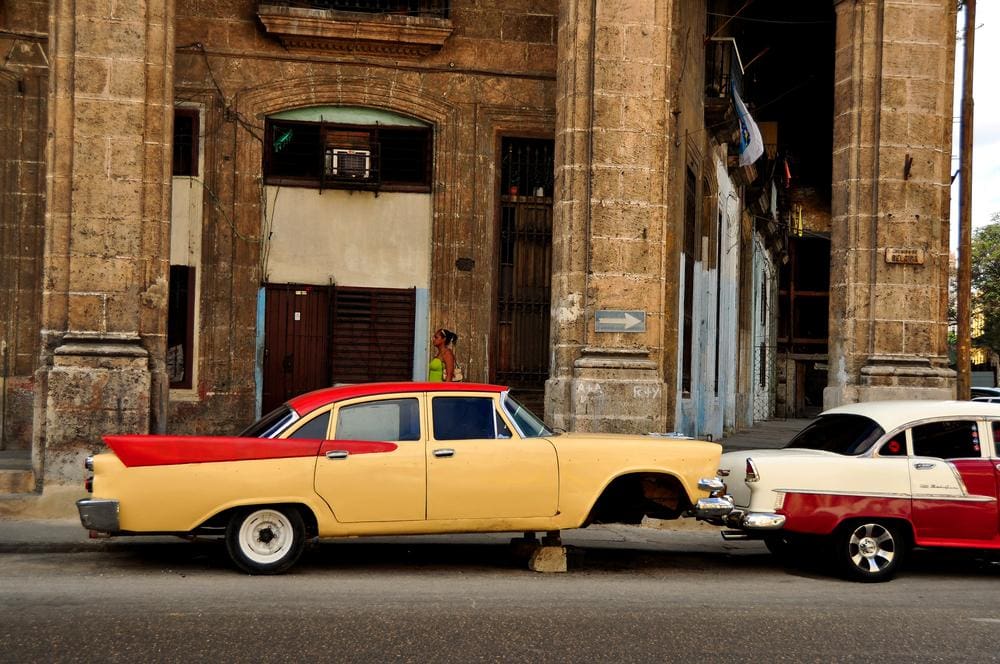
Catholicism was introduced in Cuba by the Spanish in the 16th century and is one anchor of life here. Another is, of course, a resistance to capitalism. The Museo de la Revolución (Museum of the Revolution), housed in the old presidential palace, still has bullet holes from the armed uprising of 1959 and dusty glass cases documenting Fidel Castro’s triumphs, from his days as a guerrilla leader to the 1961 Bay of Pigs invasion and beyond.
While Cuba’s stubborn survival against the desires of its vastly more powerful neighbour – located just 90 miles away across the Straits of Florida – is impressive, I leave Havana feeling it important not to fall prey too much to romantic visions of Che Guevara in his beret, salsa, cigars and socialist utopias.
For the vast majority of Cubans, life is, if not a struggle, then certainly lacking in much beyond the basic tools needed for survival. Yet there’s a remarkable lucidity and pragmatism to this country and its inhabitants. Even when I heard complaints about shortages, wages or visa issues, nobody had retreated into outright cynicism. So what makes Cuba so continually beguiling? It’s not just the sunshine. It’s not just the cocktails. And it’s not just the sense of community, shaped by the country’s unique cultural politics, and more apparent here than perhaps anywhere else in the western hemisphere.
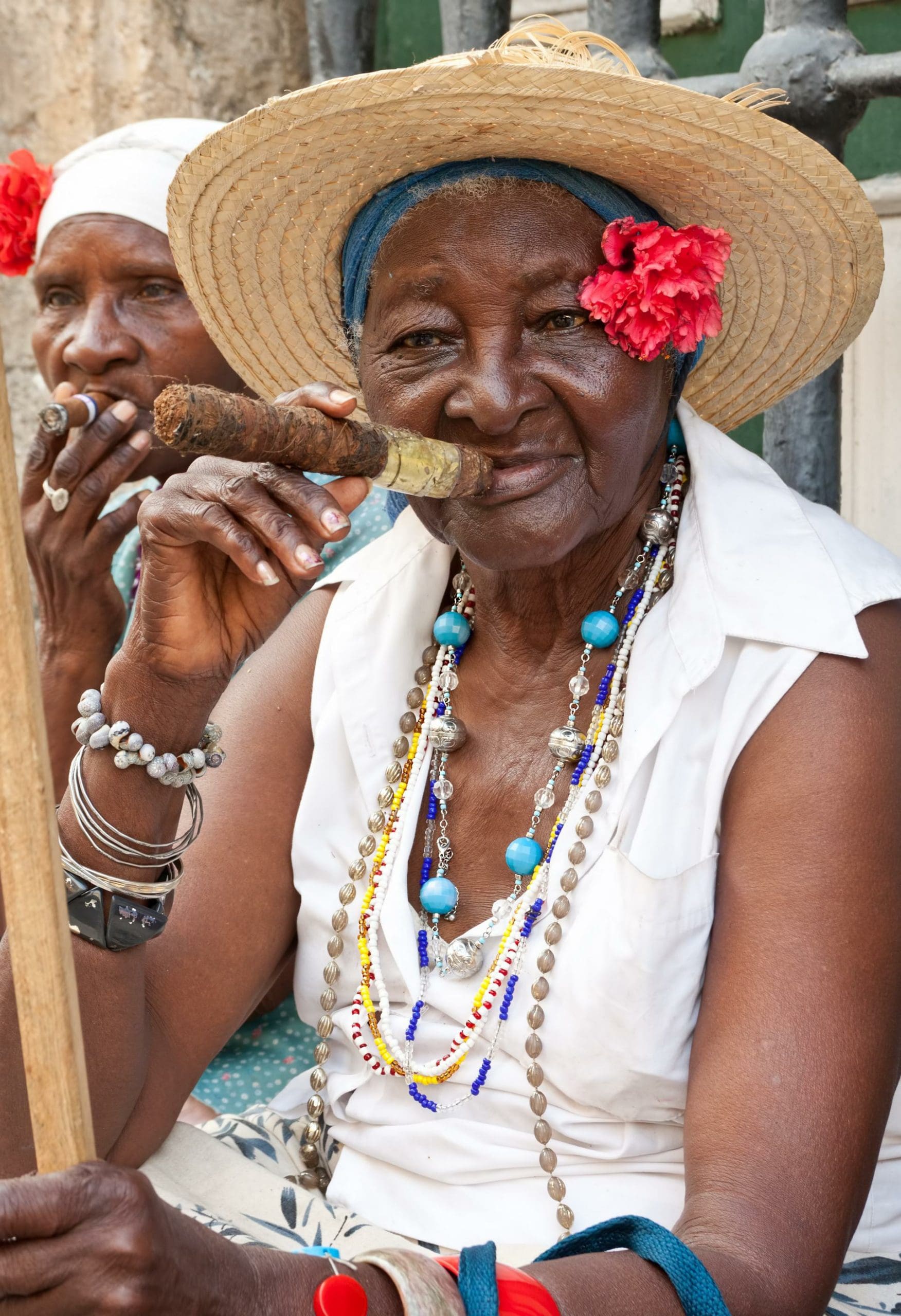
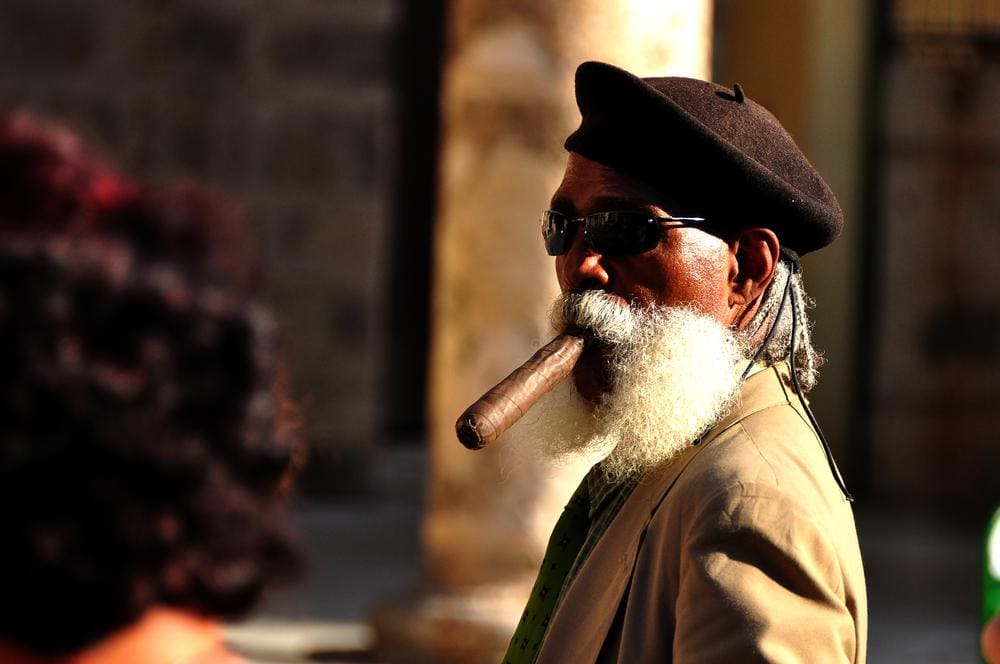
Perhaps it’s that same promise of mystery I felt when I walked around Old Havana. Something ineffable has contributed to Cuba and its way of life, which has survived the end of the Cold War, the collapse of the USSR, the digital revolution and more than half a century of American attempts to undermine it. Whatever it is – from the sounds of a guitar being strummed on an upstairs balcony and a broom being swept across a tiled courtyard, to the splash of rum being poured into old, worn tumblers and the aromas of cigar smoke, banyan trees and exhaust fumes – there’s something in the Havana air that seems to defy the modern rationales of efficiency and speed.
It’s easy to say Havana is frozen in time. It’s not. It’s simply that the way the clock ticks forward here is so slow, and so soft, it can seem as though you’re almost floating, cigar in one hand, mojito in the other.
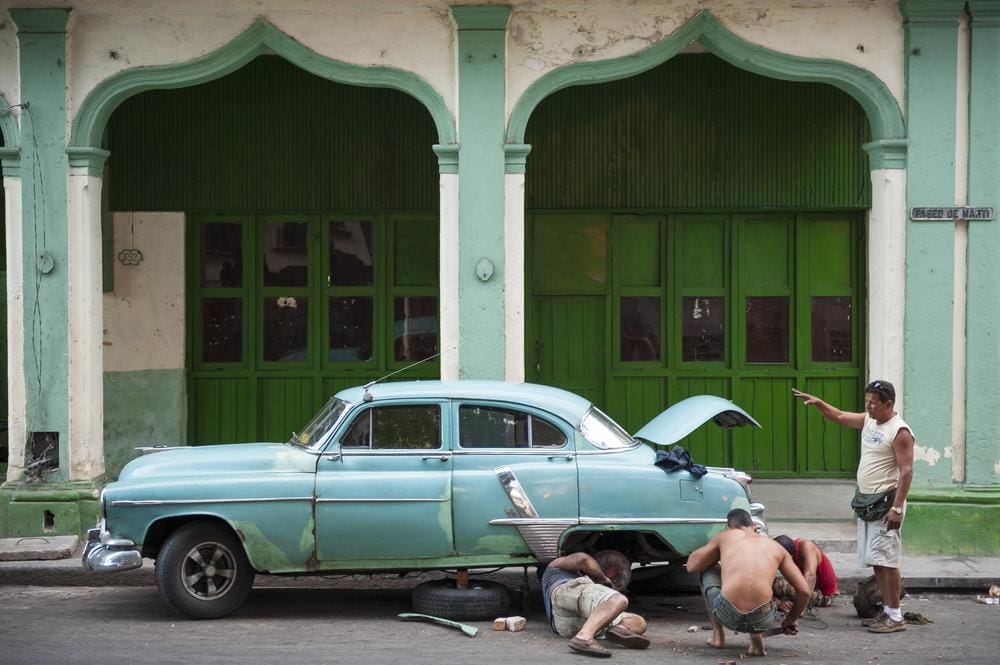
Rob was a guest of Havana Club Rum. For details on their range of Cuban rums plus their new ‘1519’ rum visit www.havana-club.com
